Tea has been around for thousands of years, and as a result, tons of customs and ceremonies have sprung up around its consumption. Some cultures take their tea plain, while others put things in it. Sometimes there are special tea-holding vessels, other times not. Maybe there will even be special foods meant to be eaten with tea.
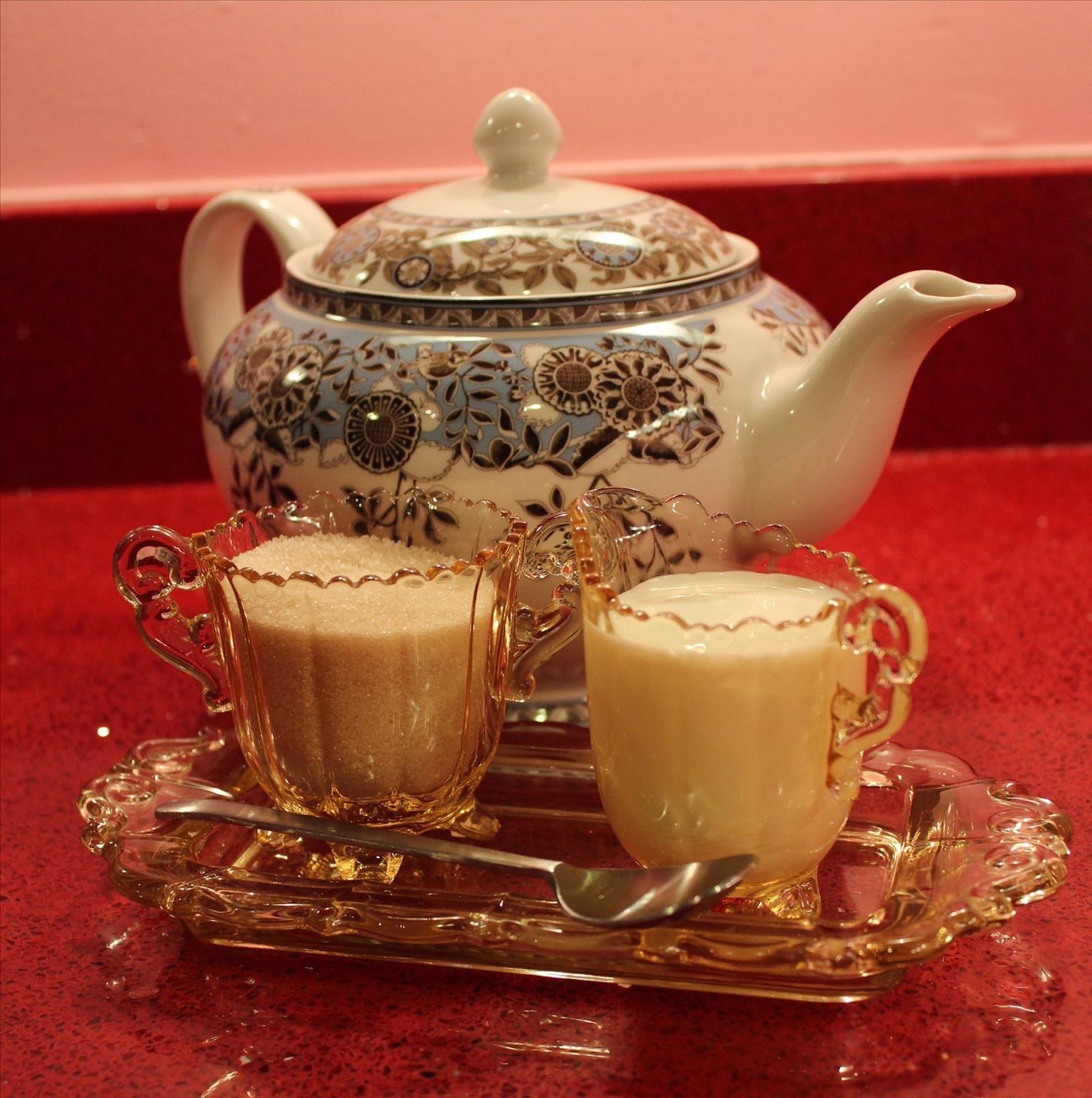
However, in America, our appreciation of tea has waned. For many, iced tea is their biggest source of tea consumption, and it's imbibed with no ceremony whatsoever in a rush to get it down the throat as fast as possible.
America will always have a "special" connection with Britain due to how our country was founded, and Steampunk only strengthens that connection. As a result, I'm going to teach you how to prepare and drink tea in the proper English fashion. If you choose not to drink it in this manner, well, that's your own decision, but at least be armed with the knowledge of one of the many ways it should be done, so that you can drink your tea responsibly!
Background
Before we head into the actual making of the tea, I want to take a moment to talk about the role of tea in Victorian England. Tea was at once a great unifier and a great divider. On the one hand, it was easily-made, so anyone with fire, water, and leaves could make it. Nearly everyone in the entire country drank it.
But at the same time, teas varied significantly in quality, with the best ones being quite expensive and thus only available to the upper classes. Additionally, the ceremony associated with drinking tea also served to distinguish those who had had a "proper" upbringing from those who, well, didn't. There were many safeguards in place to prevent a lower-class person from simply putting on a nice suit and pretending to be upper-class, things such as cursive script, voice accents, and yes, even tea. It's a subject of debate as to whether these "safeguards" were put forth consciously and malevolently, or whether they were simply a happy accident for those in power.
Either way, we now have cheap, easy access to delicious teas, and the entire world's worth of knowledge at our fingertips. There are no longer any barriers to learning how to properly enjoy a cup o' brown joy!
Choosing a Tea
Many teas imbibed by the English during the Victorian era were actually made in India or China, despite the misleading title of "British tea". The British were huge consumers and popularizers of tea, but they produced very little, if any, of it themselves.
However, many of the modern British brands of tea aren't easily available in the US, so we'll actually be using a Japanese brand that I recommend: Lupicia.


Both flavors I selected are acceptable black teas, but the Afternoon Tea flavor is more British, as it's a blend of Assam and Darjeeling, both of which are named after areas of India.
Generally speaking, any black tea will suffice for proper tea-drinking, though there are some that are very "British" in character (despite coming from India and China), such as Assam, Darjeeling, Ceylon, Lapsang Souchong, and Yunnan. Herbal teas are right out.
The difference between a "regular" tea and an herbal tea is the lack of caffeine. This is because most herbal teas are made without the actual tea plant, camellia sinensis.
Preparing the Tea
Once you've chosen your tea, you need to boil some water in a kettle. You don't need a funny pig kettle such as the one shown below, but any standard variety will do.

While your water is boiling, let's take a moment to introduce two exciting implements. The first item that you see pictured below is called a "tea filter", and it's one of several ways that you can brew tea. I've personally found it to be the most efficacious, but your mileage may vary. I'll show you how it works later, but I just wanted to introduce you to it. The other item is a teaspoon, which I'm sure you can figure out.

Meanwhile, your water has probably finished boiling. The first thing you should do with your water is to warm up your teapot. Did I not mention that you need a teapot? Well, technically you don't. Any pitcher will work, but if you want to drink tea properly, you need a teapot. Despite looking fancy, this one wasn't actually very expensive. You can find cheap teapots at your local Asian grocery store.

Now, the very first thing you want to do is to put just a little boiling water into your teapot. Only a little! Then you swish that boiling water around inside the teapot to warm it up. Most high-quality porcelain teapots can withstand the abrupt jump in temperature that comes with dumping a kettle of boiling water into it, but there's no need to tempt fate, now is there?
With that done, your next task is to put your tea leaves into your filter. Or, alternately, your tea leaves into your tea ball, or, heck, you can even just leave the leaves loose in the teapot. The traditional way is to have loose leaves floating in your teapot, but that way you need to use a cup-sized filter. Additionally, the tea continues to steep after you've poured it. So as I said, I prefer using a teapot filter.
With your leaves in your filter, you then pour hot water into the pot.

You should fill the teapot such that the tea leaves are all submerged (or floating), but not so high that it's in danger of spilling.
This is what it should look like:

The fabric of the filter will allow the tea to steep.
Speaking of steeping, let's talk about that a bit!
In order to properly enjoy tea, you need to let the leaves sit in the water for some number of minutes. How many minutes will vary based on the tea, but if you leave it in for too long, your tea will become too strong.
Generally speaking, a black tea will need to steep for two to three minutes. You can do less or more time according to your personal taste, but try to stay within the 2-3 minute time frame. If you're trying a new tea for the first time and don't know how long to let it steep, go with two minutes. That's safe for any style of tea.
While the tea is steeping, you should put the lid back on the teapot.
Once the two or three minutes are up, it's time to remove the tea from the teapot. Simply lift your filter out, and voila! Your tea is ready!

Your Tea Isn't Ready
No self-respecting person drinks their tea plain! In order to have the full tea experience, you need two accouterments: milk and sugar.

The cup on the left is full of sugar, and the cup on the right is full of milk.
Now, some notes on milk and sugar.
Milk:
Your milk should be room temperature or chilled, but it's used to cut the sharpness of the taste and to lower the temperature of the tea. You can use cream or half-and-half in place of milk if you'd like, but the British method specifically requires milk. Cream, for them, is clotted cream, and is used as a spread on scones.
Sugar:
Generally, plain white sugar either in cubes or loose is the way to go. Pictured above is unbleached sugar, which I prefer in terms of taste, but white sugar is "traditional". Sugar is added according to your personal taste, but generally one or two teaspoons.
Stir your tea with your teaspoon afterward, until the milk and sugar have been evenly distributed throughout.
Drinking Your Tea
Once you've appropriately added the desired amount of both milk and sugar, your tea is finally ready to drink! Resist the desire to have a "flying pinky", as they say, and grasp your cup firmly with all of your fingers.

When seated at a table, you should leave your saucer on the table and pick up the teacup, bringing it to your mouth. You should not bend over toward your tea.
However, when standing, or seated somewhere other than a table, you should hold the saucer in your off-hand, and your tea in your dominant hand. When you raise the cup to your mouth, leave the saucer down at approximately waist level.
It's not uncommon for tea to drip onto the saucer during the course of a good, old-fashion tea-drinking, and while it used to be perfectly fashionable to drink the tea out of the saucer, this is now a hideously gauche thing to do, and you should avoid it at all costs, no matter how delightfully refreshing your tea is.
Just updated your iPhone? You'll find new emoji, enhanced security, podcast transcripts, Apple Cash virtual numbers, and other useful features. There are even new additions hidden within Safari. Find out what's new and changed on your iPhone with the iOS 17.4 update.



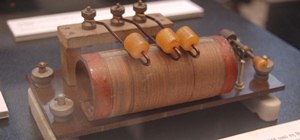
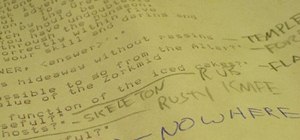
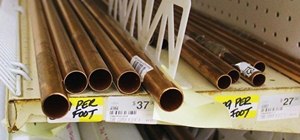
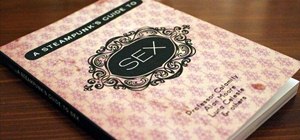

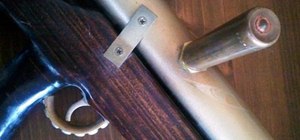
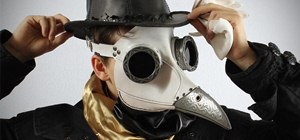
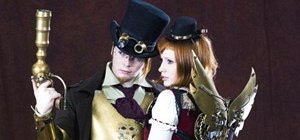

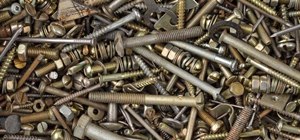
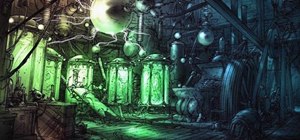

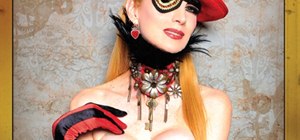
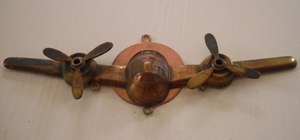


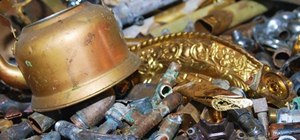

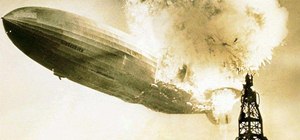

13 Comments
I would much rather have my tea plain. But that's just me. And a billion other people. :P
Like I said, you can have it whatever way you'd like. However, this is how the proper English style of tea is taken. =)
Yeah, I'm kind of a plain tea drinker myself. However, I make exceptions when Downton Abbey is on, though, that's Edwardian. Are there any good Victorian era shows to drink tea to?
Not any "shows", but there are quite a lot of miniseries. For example, I would highly recommend the Granada Sherlock Holmes series starring Jeremy Brett. Additionally, many of Charles Dickens's stories have been made into serials recently, and some are quite good! I recommend Bleak House.
Bleak House sounds good to me, and it would be nice to see Gillian Anderson doing something besides X-Files.
Great! Let me know what you think of it. =)
If you're going to be British about your milk, you traditionally put it in your teacup before pouring the tea, although I believe that's not the fashion on the continent.
It entirely depends, Cassie. My understanding is that it's acceptable to put the milk in after the tea, but only when the tea is very hot. If your tea is cool, or not coming directly from the boiling kettle, you should put the milk in the cup first. =)
You missed the whole step about warming the pot, and there is no tea cosy!
And the milk should be put in the cup first if you have made the tea in a pot, if you are making tea directly in a mug then you put the milk in last.
But other than that it is all down to personal preference! :)
I did actually include the step about warming the pot, there just isn't a picture for that part, since it required the use of both hands. ;)
And my understanding was that the application of milk was a question of the temperature of the tea, rather than of the method of brewing. What I learned was that if the tea is fresh off the stove, you should pour it and then add milk so as to allow the tea to cool more effectively. Whereas if the tea has been sitting out and been allowed to cool a bit, you should add the milk first, before pouring the tea into the cup.
My understanding of the milk first debate is it was connected to class like everything else. If you were wealthy you drank tea from bone china ,which would crack if you put the very hot tea in first, so to protect the cups you started with the milk. If you were less wealthy and using clay cups they would take the heat of the tea, you could put the milk in after and judge better how much milk you needed.
You had me until the sugar and milk?! A true English lady puts her sugar in first and let's it dissolve because she knows the coldness of the milk will interfere with the sugar dissolving properly. Otherwise, stellar job. Have never had a teapot or cup crack because I follow the other steps listed above by sloshing hot water around first in the pot and then I let it cool a bit before I pour it because I learned a scorching hot tea, drunk daily, is a throat cancer risk.
Tea is best served after throwing it in Boston Harbor.
Share Your Thoughts